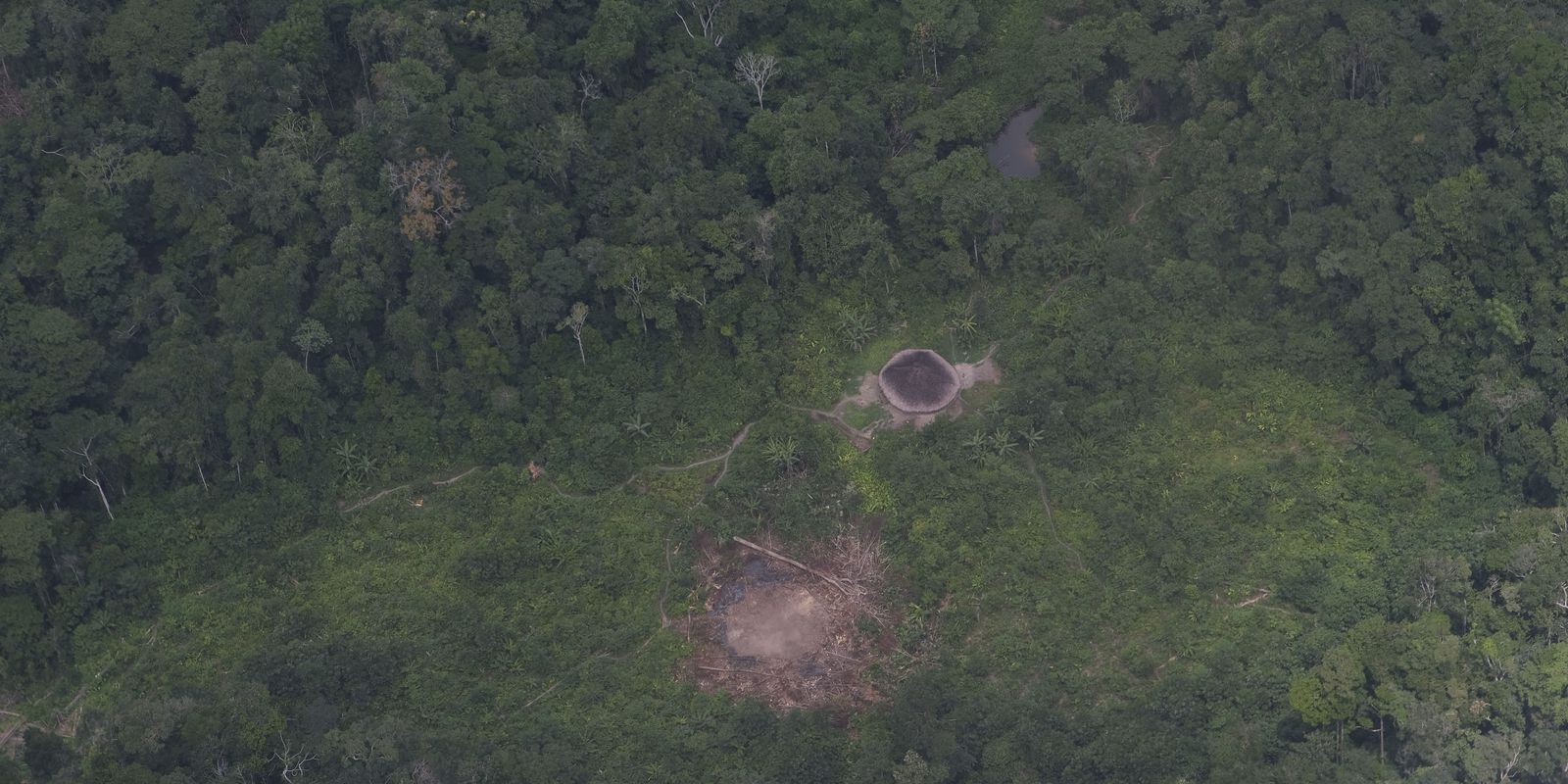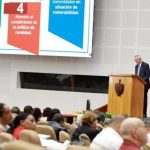The Federal Public Prosecutor’s Office (MPF) requested, this Monday (6), information from the federal government on what measures are being adopted to control air traffic in indigenous areas in Roraima.
The MPF made the request after complaints from communities pointed to the increase in illegal landings in the region in recent days. The increase in flow occurs after the federal government announced measures to remove miners from the Yanomami Indigenous Land. The suspicion, according to the MPF, is that the clandestine landings are from prospector planes probing the region in search of areas for gold and cassiterite exploration. Another possibility is that the region is used to supply illegal aircraft, a movement that has intensified from 2021.
The MPF’s requests were sent to the ministries of Justice and Public Security and of Indigenous Peoples, to the Air Force Command and to the National Civil Aviation Agency (Anac).
The MPF, in addition to the request for information, suggests the adoption of airspace control in indigenous areas.
Withdrawal of miners
The Minister of Justice and Public Security, Flávio Dino, said today (6) that the government will begin this week the transition from the phase of humanitarian assistance and closure of airspace in the Yanomami Indigenous Land in Roraima, to the police phase, of a coercive nature against garimpeiros and funders of mineral activity. According to Dino, the expectation is that, by the end of this week, 80% of the 15,000 people involved in illegal mining in the region will have left the area.
Airstrips on indigenous lands
An unprecedented survey by MapBiomas, released this Monday, identified 2,869 airstrips in the Amazon, according to the entity, more than double the clues contained in ANAC records. By geographical coordinates, 804 airstrips, or 28% of the total, are within a protected area: 320 (11%) are inside Indigenous Lands (TI) and 498 (17%) inside Conservation units.
















